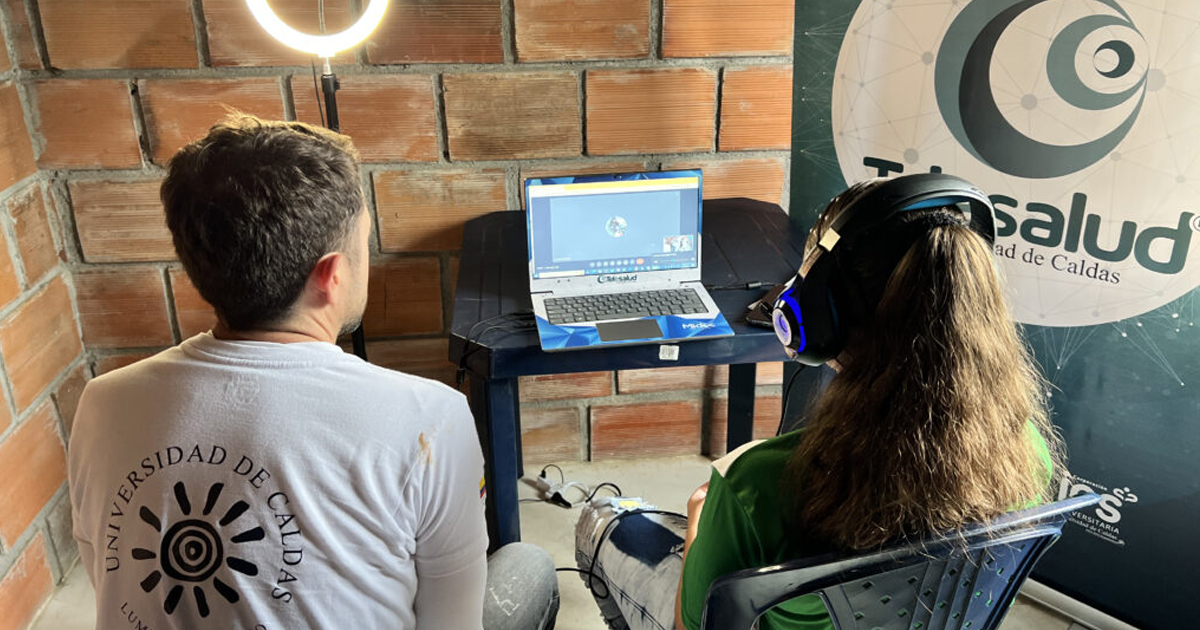The US population generally reduced their time away from home when social distancing measures were implemented by authorities in their states.
Through anonymous location data publicly available from smartphones, analysts discovered positive trends in response to orders to stay home in the US.
With data ranging from March 1 to May 31, researchers sought to understand the effects of lockdown in states where social distancing was mandatory. And thus, measure its effects on the spread of the virus and the number of contagions. In that time period, 42 states in the US implemented such measures, representing 73% of counties: 2,000,355 out of 3,000, 233 counties.
Thus, through information collected through mobile devices in 97.6% of counties with orders to stay at home, researchers were able to analyze population mobility trends in that period.

Among the main annotations within the research are the following:
- Mandatory stay-at-home orders can help reduce activities associated with community spread of COVID-19, including population movement and close person-to-person contact outside the household.
- Mandatory stay-at-home orders were associated with reduced population movement in most counties during the early months of the COVID-19 pandemic, and the relaxation of those orders was associated with increased movement.
- Although stay-at-home orders might assist in limiting potential exposure to SARS-CoV-2 and have had public support, such orders substantially disrupt daily life and have resulted in adverse economic impact.
More research is needed to assess the real impact of reducing mobility among the population, and new exclusion mechanisms are needed, as people can get to have multiple mobile devices and date them at the same time (smartwatch and mobile phone) or even go out without a phone, in addition most of the data collected correspond to urban areas, so for rural areas they could use other techniques.






